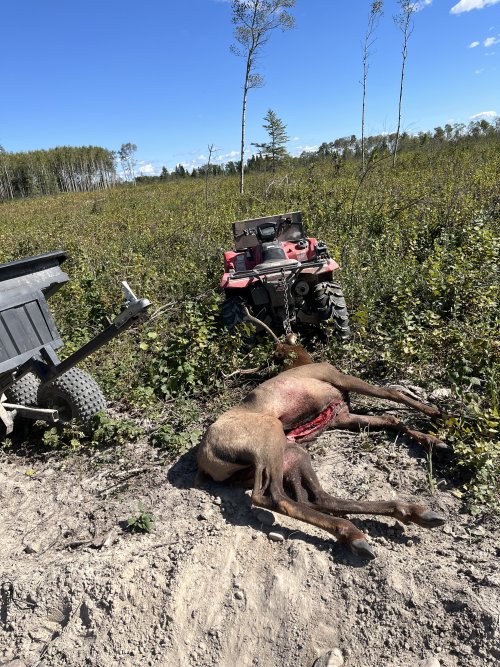Dougfirtree
Well-known member
I got a call from my hunting buddy over the weekend. He drew a bull moose tag for northern Maine and I'm listed as the sub-permitee. I am REALLY excited to be going moose hunting this October, even if it's not my tag. I'm beginning my education in moose calling and we'll certainly be speaking to biologists/wardens in the area. I'd like to start doing some e-scouting too, but I'm not entirely sure what to be looking for. Wet areas with access to recent cuts, as well as dense softwood cover? All advice is very welcome!





